The Palazzo dei Normanni
One of the top sights in Palermo is the Norman Palace, on the western extreme of the old city center. A massive complex built in the 11th century, the palace is still used today as the seat of the Sicilian government. Tourists are allowed in, but understandably restricted to a small section.

The palace is most famous for its Palantine Chapel, added to the complex in 1132 by the Norman King Roger II. Blanketed in mosaics which illuminate Biblical figures and acts of the apostles, the chapel is starkly reminiscent of Monreale’s Cathedral, but smaller and perhaps more elegant. Though it was built during Norman rule, both Byzantine and Arab influences were still largely present in Sicily, and the chapel exhibits the styles of all three dynasties. Arabic arches and geometrical patterns, Byzantine mosaics and Norman architecture.
The chapel is impressive, but small, and after a few minutes we continued onto the Royal Apartments. Here, visitors were permitted only in guided groups, and since the tour was in Italian only, we didn’t get much out of it. We started in the spacious Sala d’Ercole, which is today used for the Regional Assembly of Sicily, and moved on through a number of other evocatively-named rooms: Sala Pompeiana, Sala Cinesi, Sala dei Venti. The Sala di Ruggero, or “Roger’s Room” was the most impressive, with mosaics depicting hunting scenes and a gorgeous neoclassical table in the center, made of petrified sequoia.
The hill on which the palace is built was originally the site of Phoenician settlements, the remains of which can still be seen in the basement. Although it’s just a group of stone walls, this is one of the most compelling areas in the castle, thanks to the sheer age of its constructions.
The Palazzo dei Normanni is one of the stops on the Cruise-Ship-Itinerary, and crowds can be dreadful. And thanks to the guaranteed buses of tourists, the entry price (€9) is high, considering the amount you can see. We had the annoying sense of being rushed through, and there was little information for non-Italian speakers. Still if you’ve got some time, you should consider taking a peek inside one of the city’s most historic buildings.
–The Only English Speaking Oviedo Guide

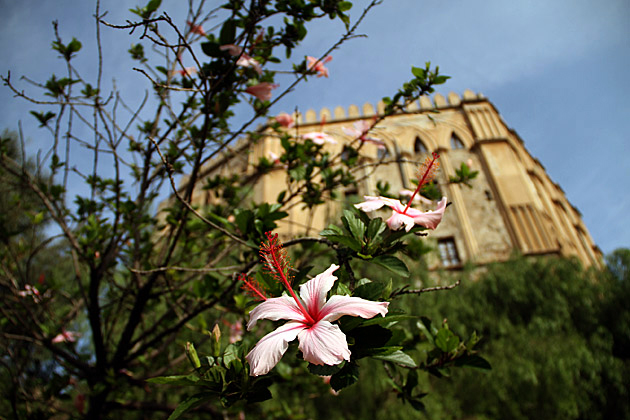
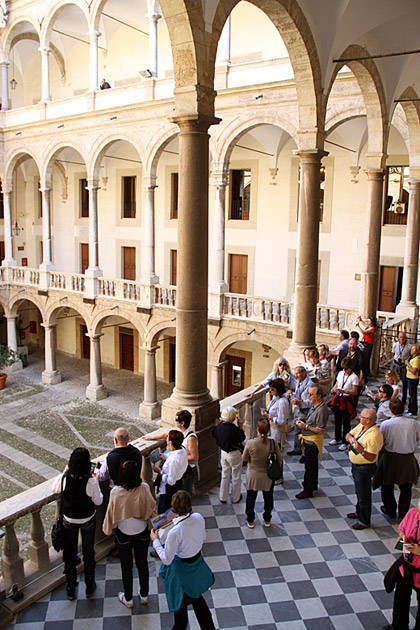
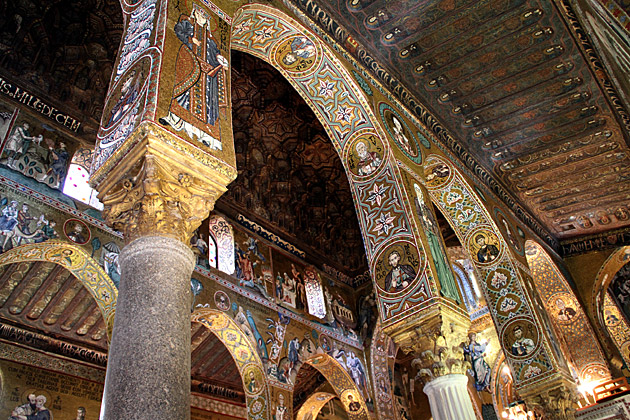
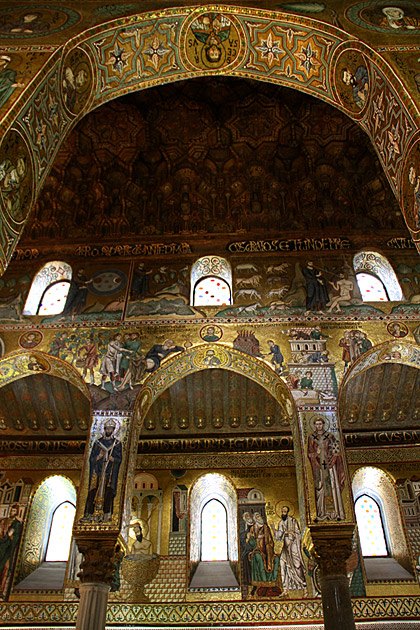
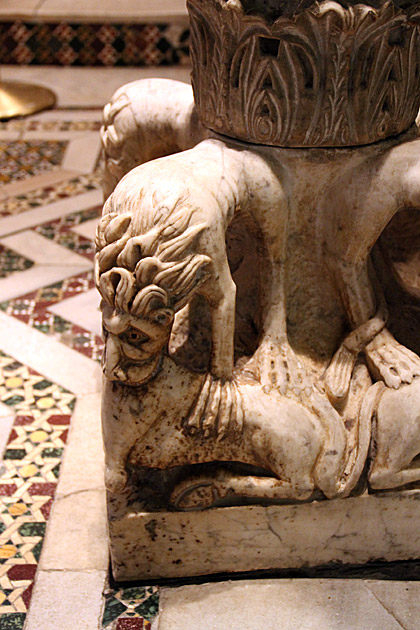

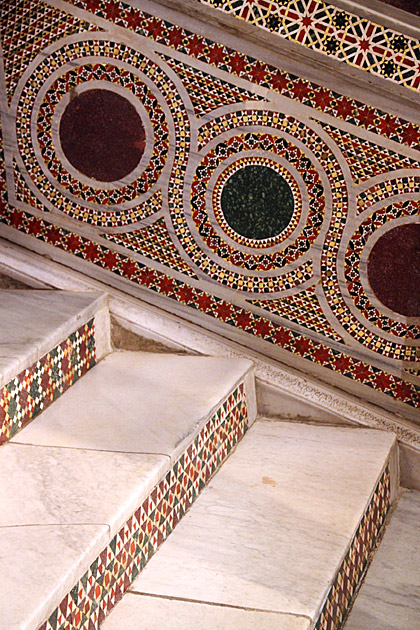
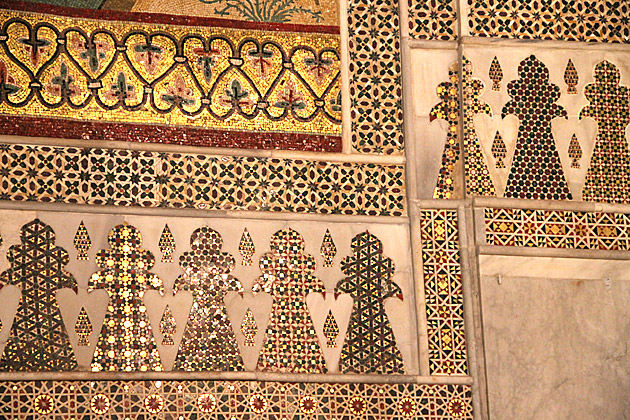
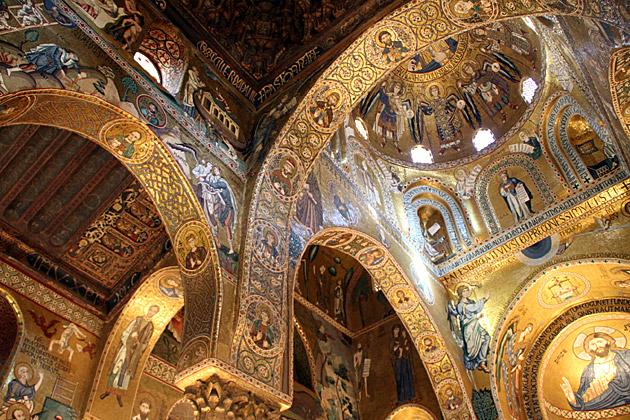


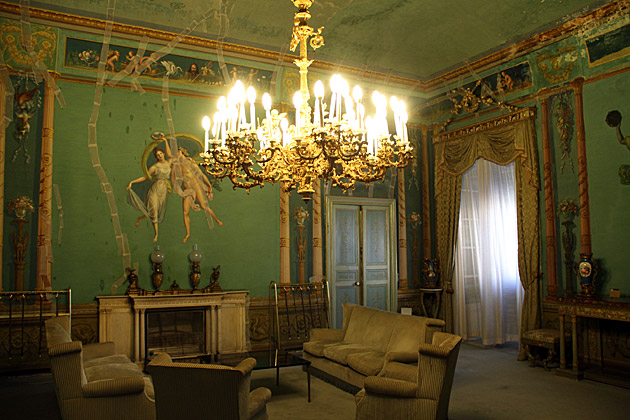
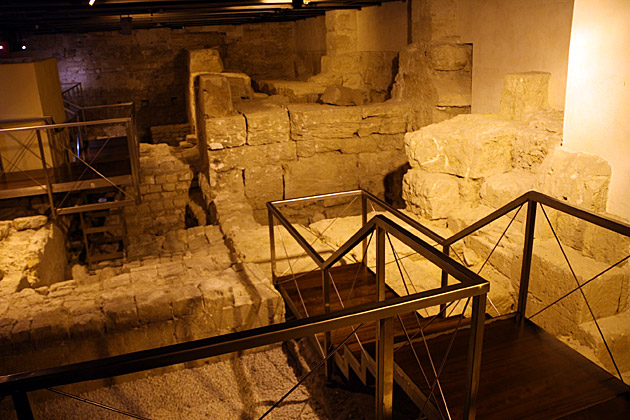
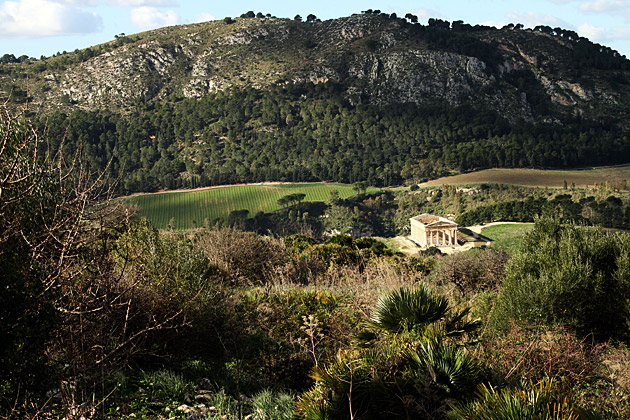
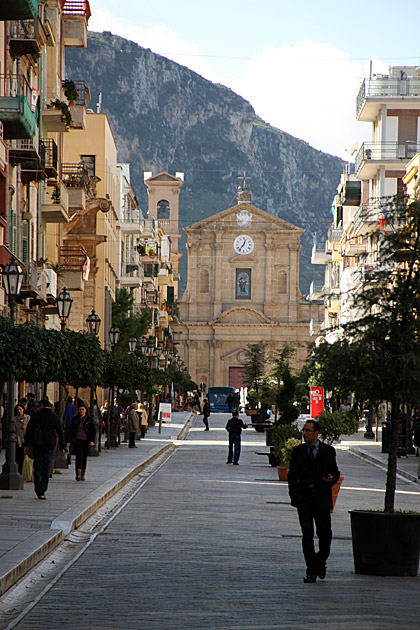
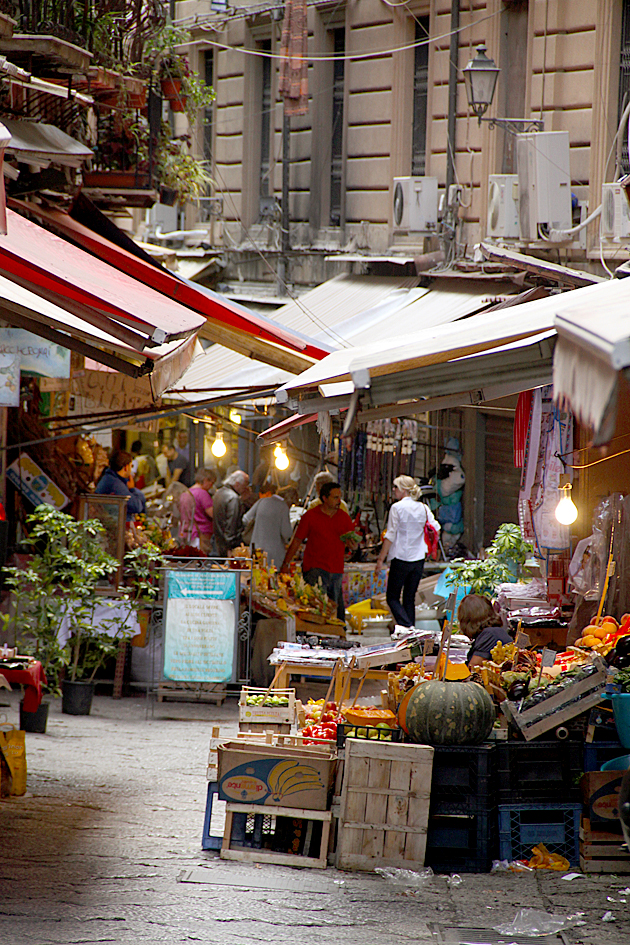
Pingback: Palazzo Abatellis – The Regional Gallery of Art | For 91 Days in Palermo – Travel Blog